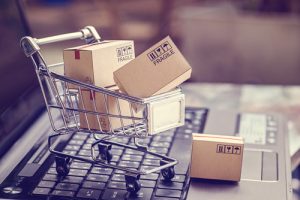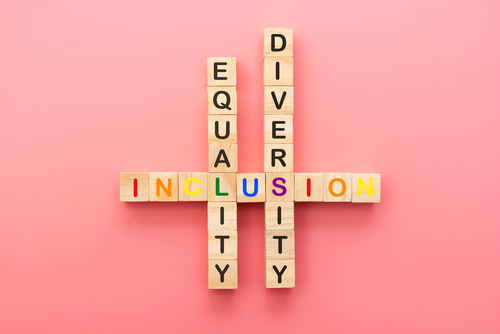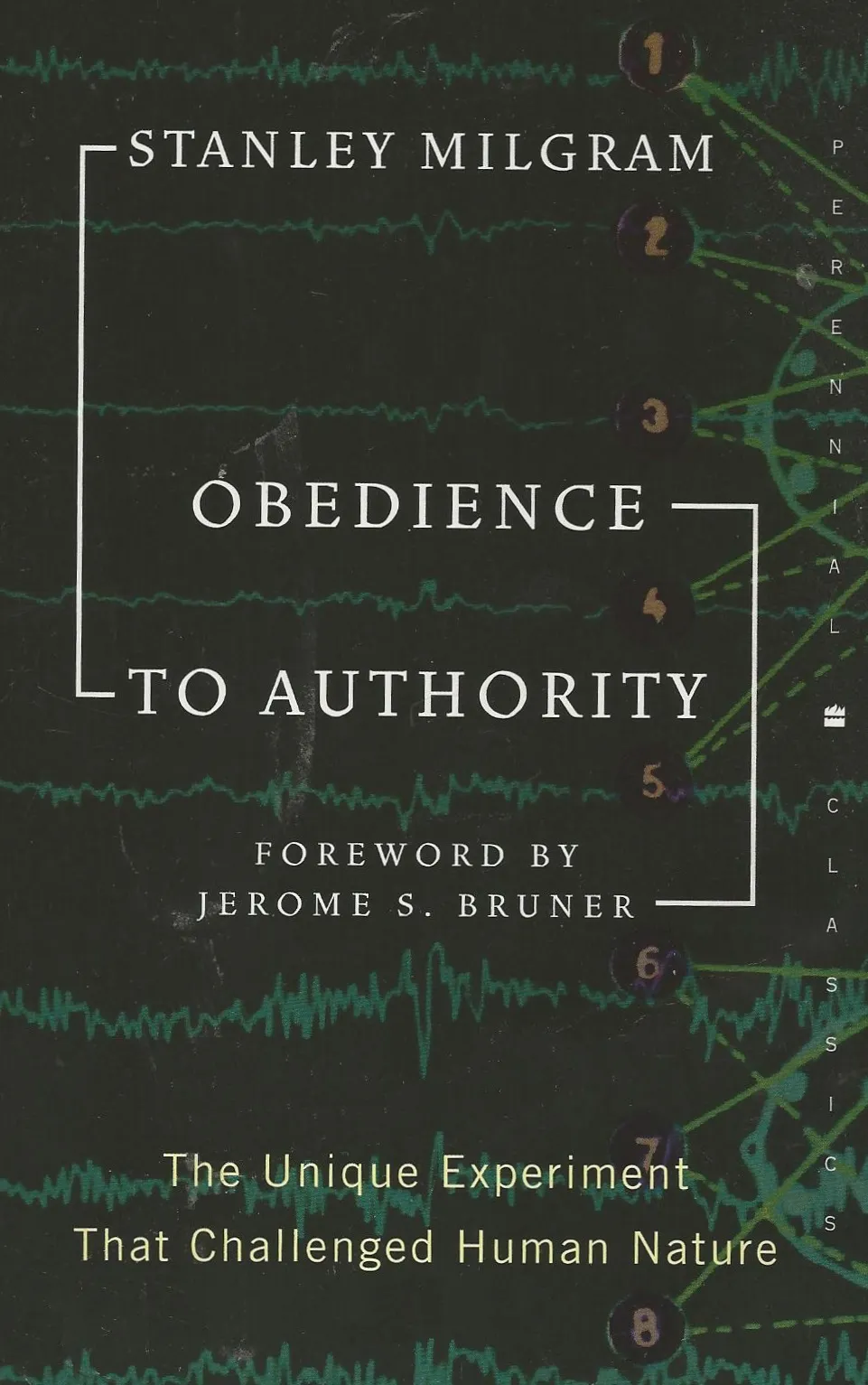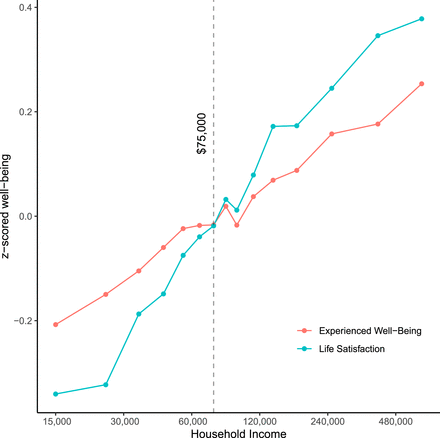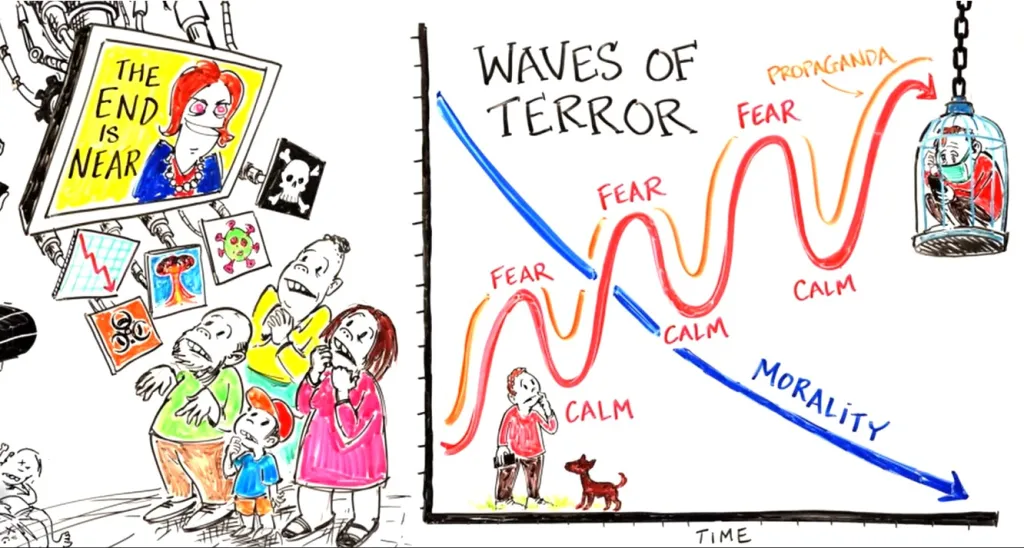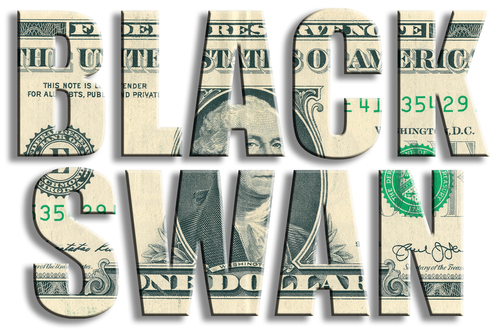The global supply chain shortage amid rising inflation is abundantly prominent. The supply shortage could actually cause people to spend more despite rising prices. Adobe Analytics is already predicting a 10% increase in US online shopping purchases over the next month, totaling $207 billion. An Indiana Institute study explains “pandemic, panicked overbuying” amid shortages.
We all recall the toilet paper and water shortages at the beginning of the pandemic. Stores simply did not have these items in stock, and when they became available, people purchased more than they could possibly consume. Researchers found that scarcity triggered a desire to compensate for shortages by seeking abundance. The average consumer likely would not purchase $300 worth of toilet paper in one trip to the store, but under the pretense of scarcity, overspending impacts price judgments.
Consumers categorize purchases differently amid shortages as well. Typically, people associate a higher price tag with higher quality. “People who face scarcity are less likely to view less vs. more expensive options as belonging to different categories, and thus are open to differences at either or both ends of the price continuum,” co-author Ashok Lalwani stated.
Researchers at John Molson School of Business found two main methods consumers use to compensate for a lack of abundance: the scarcity-reduction route and the control-restoration route. The scarcity-reduction route will cause people to panic buy more than they need to reduce the prospect of running out. Coincidentally, this exacerbates the problem of shortages as people hoard items and they become unavailable to those who need them. The other method, the control-restoration route, occurs when people fear they cannot eliminate scarcity through efforts or spending (i.e., distractions or avoidance).
However, the typical consumer is compelled toward competitive shopping behavior amid shortages. The researchers at the John Molson School of Business found that seeing images of empty shelves could trigger an increased consumption response. In fact, many are prone to accidental stockpiling where they add a few additional items to their cart that ends up totaling to more money and resources than they need.
Hopefully, we do not see the same level of panic buying that we did during the beginning stages of the pandemic. However, holiday shoppers are quick to snatch up deals and pile up on items in fear that they may not be available tomorrow.

